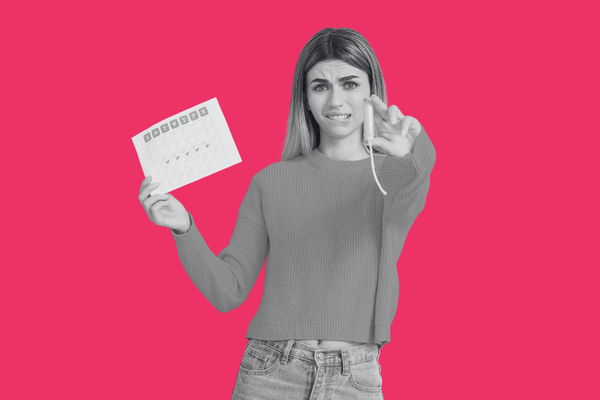
Top tips for managing periods as a teenager
You might be nervous about getting your first period, or you might have had periods for a while but are finding them difficult. You’re not alone.
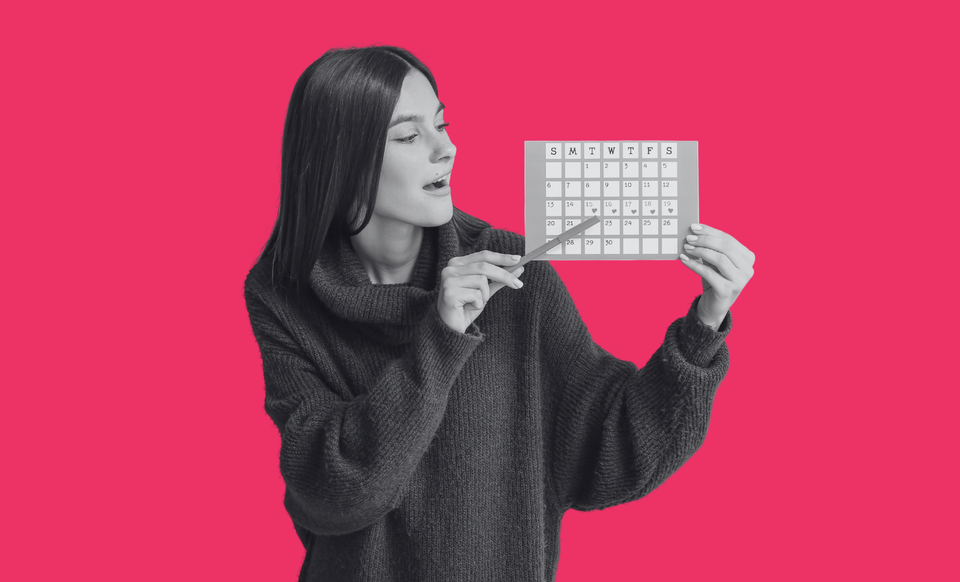
Your menstrual cycle is the time from the first day of your period to the day before your next period. The term is used to describe all the different changes your body goes through during this time.
Understanding your menstrual cycle can really help you prepare for these changes. It can also help you manage your periods better.
Trying to understand your menstrual cycle can seem really complicated, though. There are different phases of the cycle to learn and scientific words to describe your reproductive system.
But, once you start getting to know the phases and terms, it gets easier, so stick with us.
We’ve got a handy guide to some of the terms used, then a summary of why your menstrual cycle happens and how long it lasts. Lastly, we go into each phase of the menstrual cycle and what to expect during each.
Let’s break it down and explore what happens during your menstrual cycle.
Your reproductive system is made up of all the different parts of your body that allow you to get pregnant.
They include:
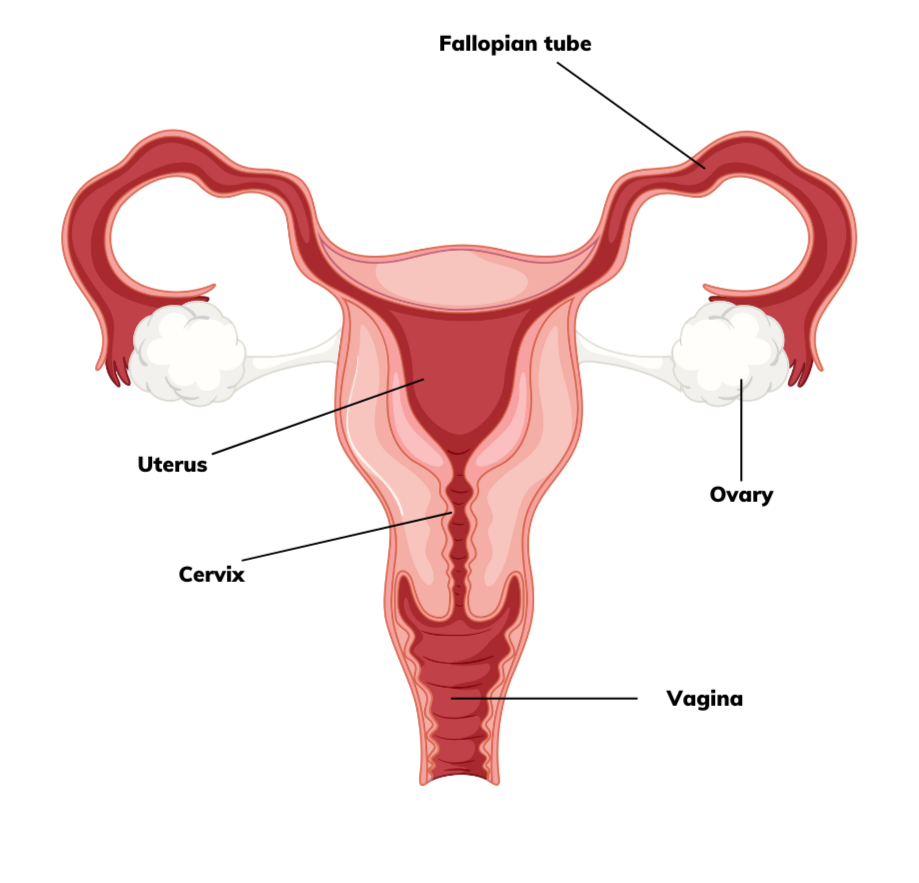
Your menstrual cycle is the process your body goes through so that you can get pregnant. These changes happen every month whether or not you are planning a pregnancy or having sex.
It happens because certain hormones act on your body to release an egg. These hormones thicken the lining of your womb ready for a baby if the egg gets fertilised. If an egg is not fertilised, your womb sheds the lining it’s prepared. This comes out as your next period.
These changes in hormones during your cycle can affect the way you feel, physically and emotionally, depending on each stage. They can also affect your vaginal discharge so do not worry if that changes over your cycle. You may have more or less throughout your cycle and it can go from thick and sticky to wet and slippery.
Your menstrual cycle is likely to last around 28 days, but it’s also perfectly normal for it to be anywhere between 23 to 35 days, so do not worry if yours is shorter or longer. It’s more likely to be irregular in the first year or two of your periods.
The day you start your period counts as day 1 of your cycle. The last day of your cycle is the day before your next period, when a new cycle begins.
These phases are based on the average length of 28 days so may need adjusting for your own cycle length.
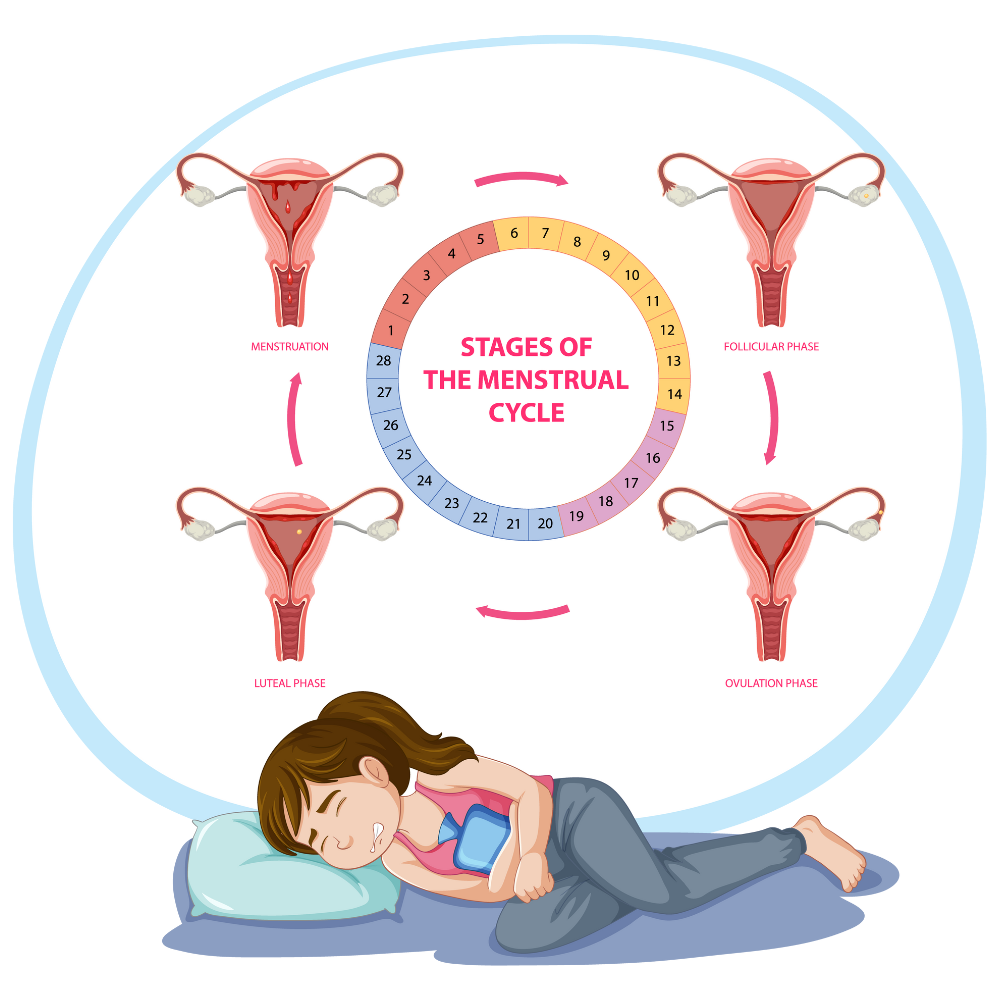
Menstrual phase (day 1 to around 5):
Follicular phase (day 1 to around day 12):
Ovulation (around days 13-15):
Luteal phase (around days 16 to 28):
These phases may look complicated, but thinking about how they fit in with your own cycle can help make sense of them.
And understanding what happens with each phase will give you the power to plan for your symptoms, physical and emotional. Knowing that what you’re going through is normal may help too.
Just remember that menstrual cycles can still vary from person to person. You can find out more about who to trust for information about what’s normal for periods and what’s not. You can also learn about period myths and how to manage your periods.

You might be nervous about getting your first period, or you might have had periods for a while but are finding them difficult. You’re not alone.
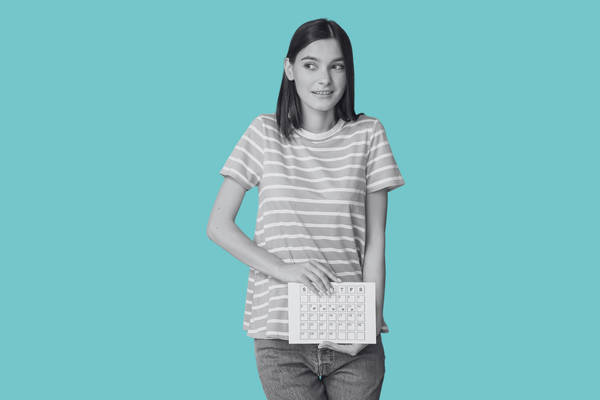
Don’t worry, we’ve got the lowdown on how to feel supported while sorting fact from fiction.
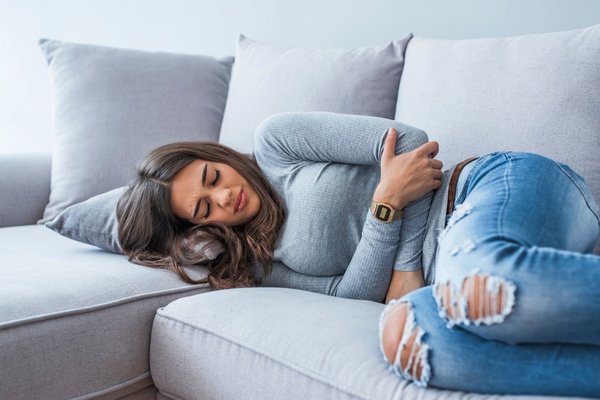
Adenomyosis is when the lining of the womb grows into the muscle wall. It can cause heavy, painful or irregular periods.